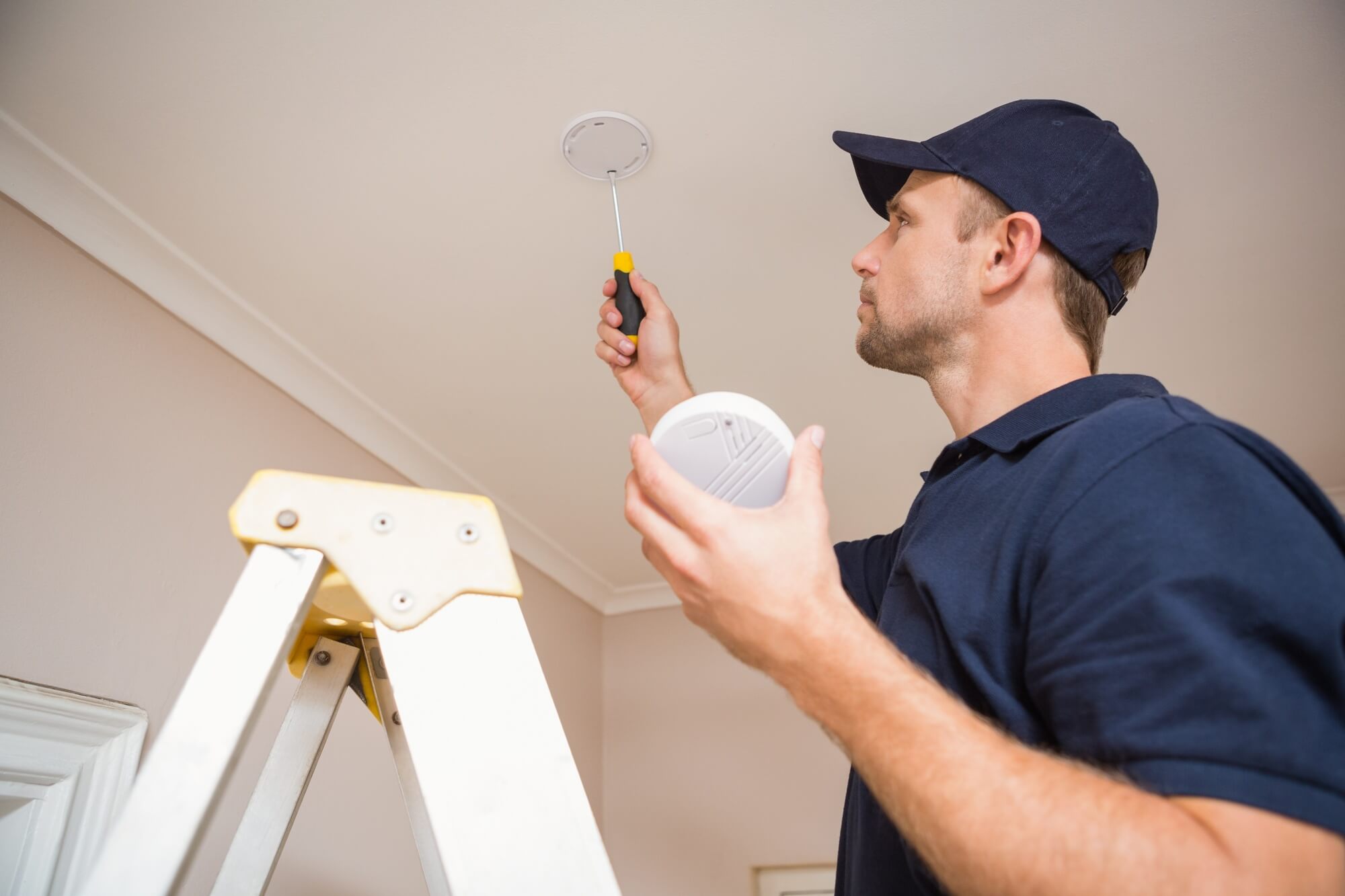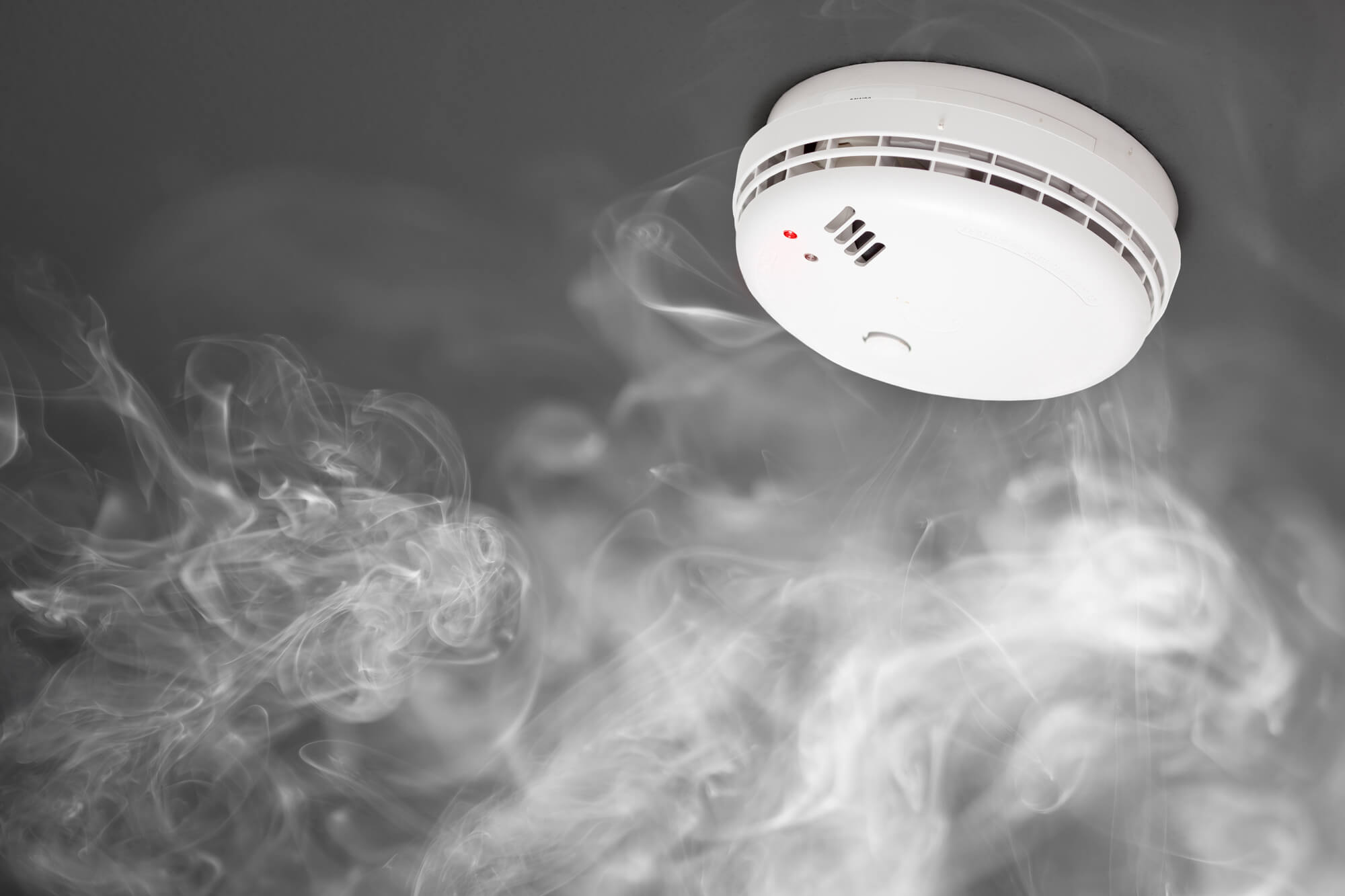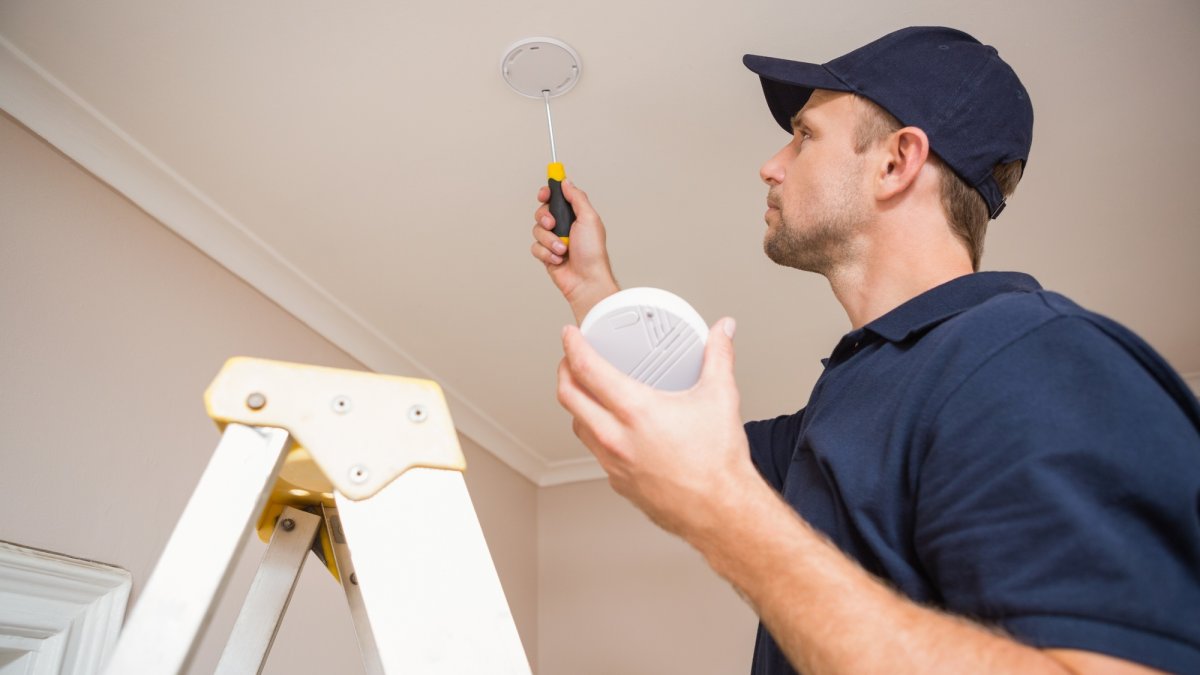
For homeowners, the safety of their homes should be a priority. One of the main considerations is ensuring your home is safe from fire. The ideal approach to maintaining the safety of your home is to invest in smoke detectors or alarms.
Smoke alarms serve as the initial defense against fire and help minimize damage if a fire erupts. It works by sounding out an alert once it detects a fire in your home. Proper installation and maintenance of smoke detectors can greatly lower the fatality risk. Remember that fire has the potential to spread rapidly. Investing in smoke alarms can greatly help lower the risk of injuries and property damage.
Once you decide to install smoke detectors in your home, here are some insightful tips on installing and keeping them in good shape.
Learn About Smoke Detectors
Consider buying new ones if your current smoke detectors are more than 10 years old or if you don’t know how old they are.
Research the various types of smoke alarms available, considering the brands, models, and price range to choose the model that meets your budget and safety needs. Some features may include:
- Hardwired Smoke Alarms
- Battery-Operated Smoke Alarms
- Combination Smoke And Carbon Monoxide Alarms
- Smart Smoke Alarms
Hence, the best type of smoke detector for your home depends on your specific needs, budget, and the layout of your home. Consider referring to a comprehensive smoke alarm guide to give you a head start in finding the right one.
Place Smoke Alarms Strategically And On Each Floor
After choosing the right type of smoke alarm, the next step is to consider where they should be placed in your home. The layout of your home will serve as a guide to the number of smoke alarms to purchase, but make sure to install one on every level of your home. There must be at least one alarm in every bedroom and outside every sleeping space. You should also include alarms for the basement and attic.


When installing the smoke alarms, position each on a flat stretch of ceiling or wall, approximately in the middle of the room, around 12 inches from the ceiling. If your home has pitched roofing, position the alarms on the slope not more than three feet from the peak.
Additionally, avoid placing the alarms near windows or air ducts since the wind can affect the sensors, and the alarms must be at least ten feet away from the kitchen to minimize false warnings.
Read the instructions on the device’s packaging, especially for models that require hardwired power. If you’re not confident installing the smoke alarms, you can readily hire the services of a professional to handle the task for you.
Examine The Devices After Setting Them Up
After installing the smoke alarms, always test them out with everyone present. Press the test button on every device, ensuring every family member recognizes the sound of the alarm. During the test, inform your household about your home evacuation plan, exit routes, and meeting points.
Always prioritize testing the smoke alarms to ensure they’re functional when a fire erupts. Regardless of the fire damage, the alarms can prevent it from worsening.
Carry Out Power Checks Monthly
Nowadays, there are smart smoke alarms with a self-testing feature. Although this is handy, it’s still best to perform a manual test, ideally at least once every month. When conducting a test, press the test button. Doing so allows you to verify that the sensor is functional and that the alarm sounds at the right volume.
If the location of the smoke alarms is out of reach, observe safety precautions when testing them. Use a durable stepladder and request a family member to assist.
Change Batteries In Battery-Powered Detectors Annually
If you have smoke alarms running on batteries, don’t wait for them to fully drain before changing them. The ideal approach is to replace the batteries every year. Choose a memorable date so you can remember the task. Remember to check the manufacturer’s instructions on battery replacement.
Conduct Regular Maintenance And Cleaning On A Yearly Basis
Over time, pollutants and dust can build up on the smoke alarms in your home. Unfortunately, these can disrupt the performance of the alarms, especially the sound they generate. Make it a priority to clean the alarms annually. You can occasionally remove dust using a dry rag to eliminate any gathering dust but perform a deep cleaning session yearly.
Do a thorough cleaning by removing the device from the wall or ceiling. You must remove the power source and carefully remove the exterior casing. Clear out any buildup of dust with a hand-held vacuum or dry cloth. After clearing all the dust and debris, reassemble the alarm and set it back on the ceiling or wall.
Final Thoughts
For any homeowner, fire safety should be a priority. It’s best to be prepared by installing smoke alarms in your home. If the current smoke detectors in your home require replacement, these pointers will serve as your guide to ensure your home is always as safe as possible.
Martin Ellis
Related posts
Stay connected
Today's pick
- Safety Essentials Every CNC Operator Should Follow DailyCNC machining demands precision, consistency, and discipline—but above all, it requires strict attention to safety. Whether you’re working with mills, lathes, routers, or grinders, every machine has the potential to cause serious injury if mishandled. That’s why CNC operators must follow safety protocols daily, no... The post Safety Essentials Every CNC Operator Should Follow Daily […]

